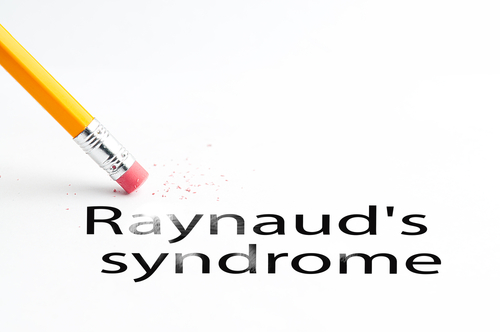Cytori to Expand Scleroderma Cell Therapy to Secondary Raynaud’s Phenomenon
Written by |

Cytori Therapeutics will expand the development of its ECCS-50 scleroderma treatment to include secondary Raynaud’s phenomenon (RP), under the brand Habeo Cell Therapy.
“Habeo … means ‘to hold’ in Latin,” John Harris, vice president and general manager of Cytori Cell Therapy, said in a press release. “The name embodies the promise that we believe Cytori Cell Therapy holds for patients with a number of disorders that affect the hand by potentially improving function, reducing pain, and restoring activities of daily living.”
Dr. Marc H. Hedrick, Cytori’s president and CEO, said initial trial data suggests that “our ECCS-50 cellular therapeutic may help to address secondary RP symptoms and other autoimmune and inflammatory conditions of the hand.”
“Our plan is to leverage published and ongoing preclinical and clinical data to expand our investigation of ECCS-50 to a much larger patient population with secondary RP under the new Habeo brand name,” he said.
Raynaud’s phenomenon is a medical condition in which smaller arteries narrow, causing reduced blood flow. Typically the fingers and toes are involved. Primary RP is the most common form, and can cause fingers and toes to feel cold or numb for anywhere from minutes to several hours. These episodes are generally triggered by cold temperatures or stress.
In secondary RP, these blood vessel abnormalities also exist, but are usually accompanied by an autoimmune disease, such as lupus or rheumatoid arthritis.
Cytori’s broadening of ECCS-50 to secondary RP is based on the results of the last part of the 36-month SCLERADEC I clinical trial (NCT01813279), a study that evaluated the safety of subcutaneous injection of autologous adipose-derived stromal vascular fraction (ECCS-50) into the fingers of 12 patients with hand dysfunction associated with scleroderma. Results from this study showed that the treatment resulted in a 90 percent reduction in the Raynaud’s Condition Score, a measure of RP severity.
Earlier limited published data has also demonstrated that the treatment resulted in clinical improvements in vascular architecture, hand color, and vascular function indicators.
Cytori’s internal preclinical data also supports a potential role of the therapy in the stabilization of the vascular endothelium (cells lining the blood vessels), decreasing blood vessel abnormalities leading to Raynaud’s.
RP symptoms are also a secondary endpoint being assessed in two other Cytori cell therapy trials: SCLERADEC II (NCT02558543) and the STAR (NCT02396238) trials.
The SCLERADEC II trial is evaluating the treatment in 40 patients with hand dysfunction due to scleroderma and is currently ongoing at three sites in France. STAR is assessing the safety and effectiveness of Cytori’s cell therapy in the treatment of 88 patients with hand dysfunction due to scleroderma in 19 clinical sites in the U.S. Results from both studies should be available by mid-2017.
Cytori believes that the combination of the results generated from these studies, together with data from the SCLERADEC I pilot trial, preclinical data, patient advocacy awareness and market analysis will provide compelling support for continued research in the development and commercial planning of Habeo Cell Therapy for patients with secondary RP.





